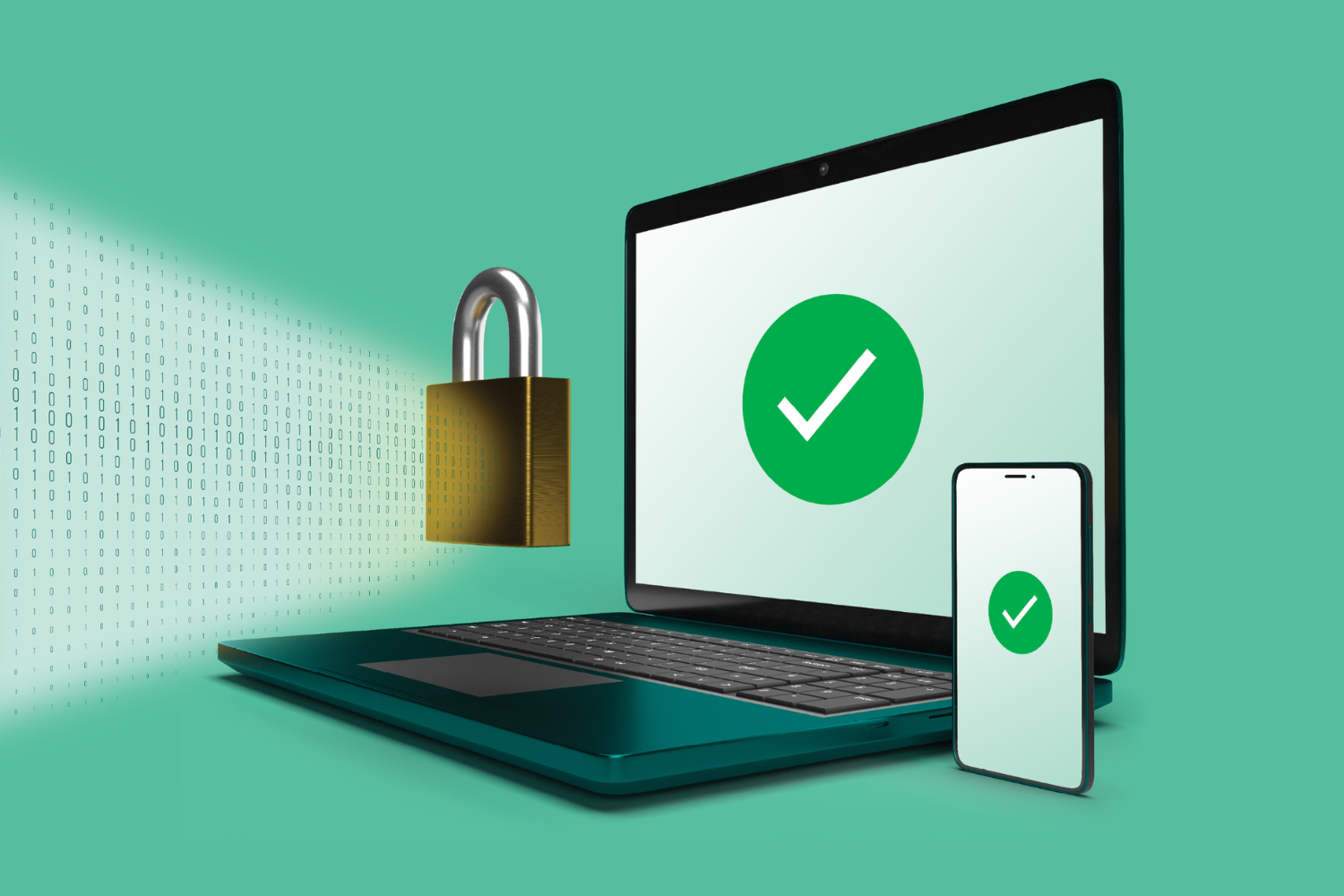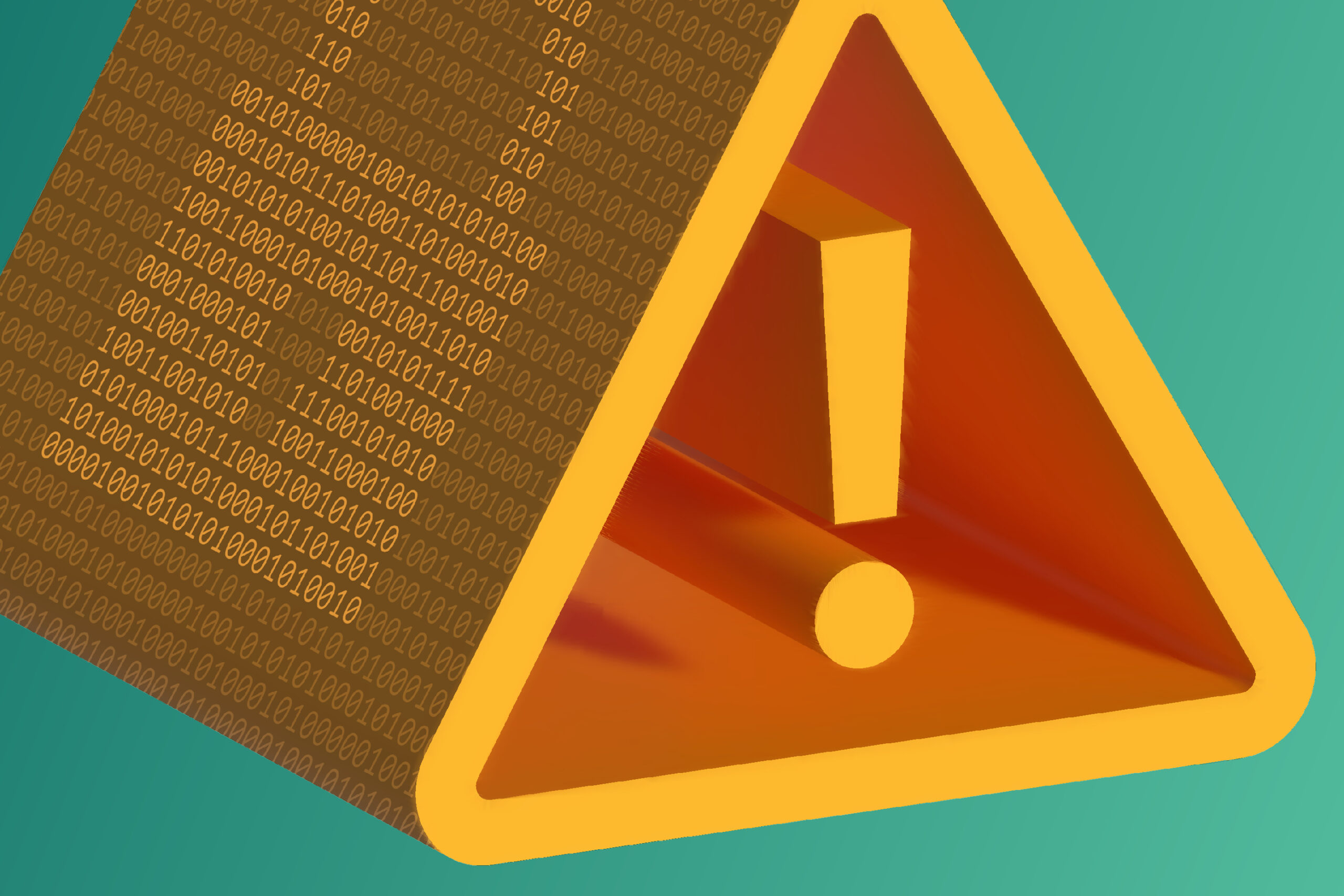Marking the beginning of Cybersecurity Awareness Month, Aspen Digital, Consumer Reports, and the Global Cyber Alliance have released the fourth annual Consumer Cyber Readiness Report. The report examines American consumer attitudes on digital privacy and security and steps they are taking to protect themselves from potential threats.
Key findings from the 2025 report include:
- Over the past year, consumers have seen a significant increase in text messaging-based scams, especially for younger American consumers aged between 18 and 29 years old.
- While the percentage of Americans who reported losing money from a digital scam remains the same as last year, at 1 in 10, among those who had encountered a scam attempt, people with the lowest household incomes were three times as likely to report financial losses due to scams as people in the highest income households (29 percent compared to 10 percent).
- 37 percent of Black Americans who encountered a scam lost money, compared to only 15 percent of white Americans. These figures were similar to those reported last year. This echoes similar findings that have been made by other organizations in the recent past, including the Federal Trade Commission.
Historically, many of our consumer protection agencies have been underfunded. Consumers’ confidence in the privacy of their data is down, and federal efforts to rein in data brokers and boost security have been rolled back. Companies do not need to wait for government action. They, too, can lift the burden from consumers by making products with security built in—by design and by default—and by utilizing best practices such as data minimization.
Methodology
Consumer Reports conducted two separate nationally representative multi-mode surveys—one of 2,158 US adults in April 2025 and one of 2,333 US adults in May 2025—to understand consumers’ behaviors in improving their digital security and privacy and provide new insights into consumer scams and their attack vectors.
Read Other Cyber Readiness Reports
2024 Consumer Cyber Readiness Report
Digital threats continue to evolve, but how prepared are US adults to protect themselves? A survey reveals consumer cyber readiness in 2024.
2023 Consumer Cyber Readiness Report
There are many actions consumers can take to secure themselves online. What are common ones in use? Discover new trends in cyber readiness.




